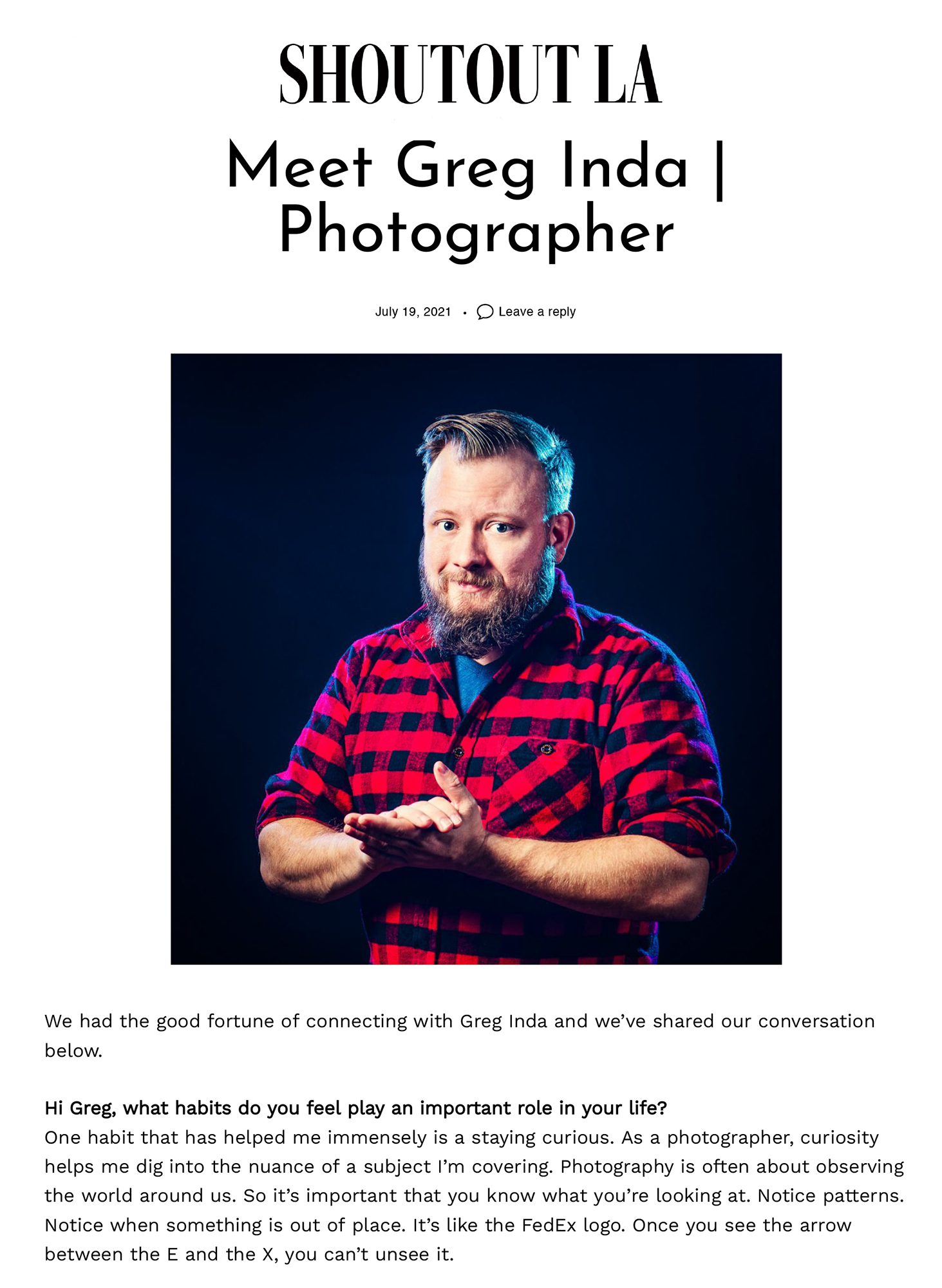This is one phase of what was plugged in. Utilizing a few plugs for many devices.
One of the less glamorous aspects of our trip to Iceland was keeping everything charged and organized. We only had two night stays in two hotels on the trip. Every other stop was check in at night, check out in the morning.
I took “charge” of making sure we had fully charged batteries every night. Also had to power computers, ipads, charge phones. It could get to be a logistical nightmare. What you see in the photo is my Belkin travel powerstrip on the left. It has three regular outlets and two usb outlets. That is plugged into a two prong travel adapter that works through most of Europe. To the right is a Brookstone travel adapter that has adapters for every outlet in the world. It also has two USB outlets and one regular outlet.
Plugged in to everything are batteries for two camera systems, a drone, a battery pack for Lindsey’s heated vest, and my watch.
*quick aside, at one point the charger to the Fuji batteries stopped working. It was the only charger I brought for that camera system, and not being able to charge batteries would’ve rendered it useless. There are also only 3 stores in all of Iceland that might have carried that charger, and all were over 4 hours away… and no amazon prime available either. I did a deep dive on google and repaired it myself.
We were very lucky our luggage fit into the back of our rental car. Those bags were a tight fit every day, fortunately Lindsey did a great job reorganizing everything on our first day in Iceland, so we only ever needed to take one bag, or one bag plus a case. That made everything go a lot faster in the morning as we were trying to catch a sunrise or get to our destination on time.
This type of vacation came with a lot more logistics to navigate than a more relaxing type vacation. But Lindsey and I both thrive under that type of stress. It is its own type of fun.
In addition to setting up this charging station every night, i also had to transfer data from all the cameras to the computer so we’d have clear cards every morning. Some nights I would have that work overnight (because transfer rates could sometimes be over an hour with some of the larger video files we got). We actually had almost no time to review photos on the trip. Because so much time was spent transferring.
Suffice to say we relished the two nights we spent at the same hotel. It was our opportunity to recharge ourselves, enjoying a chance to sit and look out a window (like the window in the third photo!).
Our bags fit perfectly in the back of this Suzuki Vitara.
View from Hotel Budir on the Snæfellsnes Peninsula



